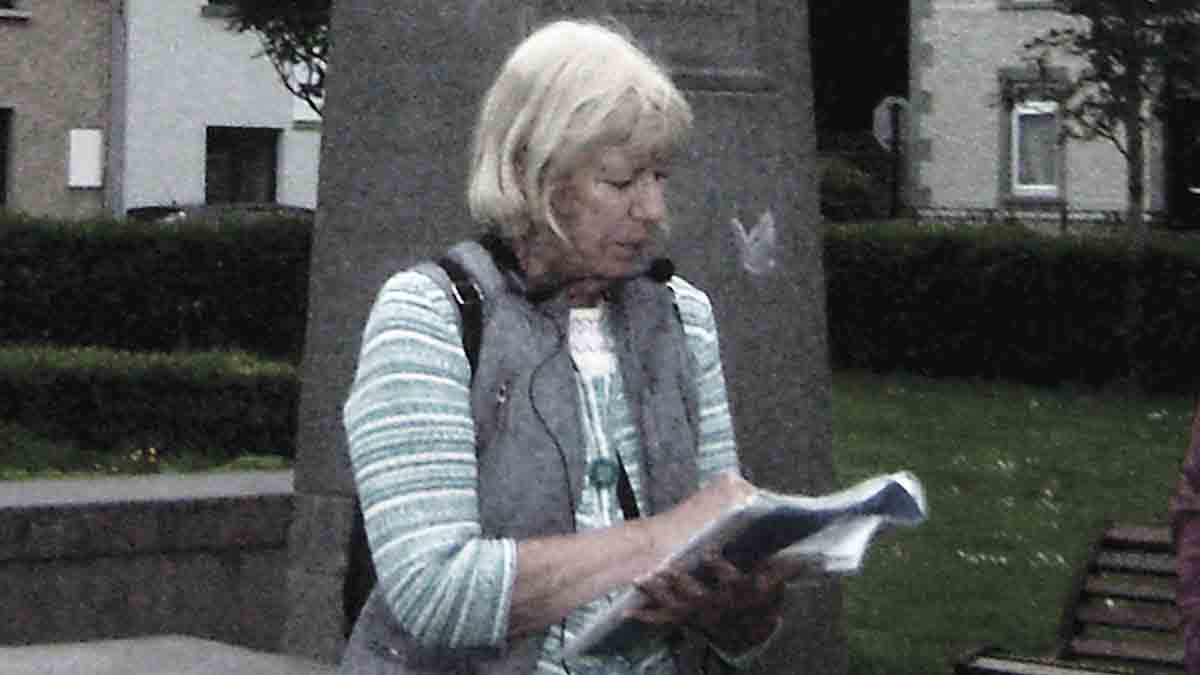The Kilkenny Heritage Walkers are renowned for celebrating aspects of local heritage, but on Saturday they went a step further: Marianne Kelly, who had the honour of giving the day’s presentation, uncovered a part of the city’s past that had almost disappeared without trace.
She revealed evidence for Kilkenny’s forgotten Market House. This took the form of an inscription on an old plaque attached to an ivy-covered wall in the garden of the Capuchin Friary, which is south of Pennyfeather Lane.
If you look closely enough at the weather-worn plaque you’ll just about make out the words: “This market was established by Buckley Butler Anno Domini 1732.”
There is no reference in any of Kilkenny’s guide books to the existence of the Market House, which it turns out was demolished in the 1930s to make way for a building development.
Scrupulous research by the Heritage Walkers paid off again, and we can treasure the plaque in the Friary Garden as the only remaining proof that the Market House once stood proudly in the City.
After opening this window into the past, Marianne took the walkers on a tour that took in some of the Marian statues of Kilkenny. These included the statue in the Square at James’s Green and the lovely grotto at Seville Lodge.
She recalled that many of those symbols of Catholic devotion and fidelity appeared in the Marian Year of 1954, and that a large number of them still grace town squares and lonely grottos around the county in both urban and rural settings. Though times had changed; Marianne expressed the hope that these heritage gems would continue to occupy a hallowed place in our culture.
Marianne went from this subject to the legacy of Kilkenny-born architect William Robison, who, among his dazzling achievements, was instrumental in the restoration of some of Kilkenny’s most important and much admired buildings such as Jenkinstown House, Orchardton House., and the stately houses at Danesfort, Kilcreene, Castlecomer, Ballyduff in Thomastown, and Tennypark.
He also brought his skills to bear on the Court House in Parliament Street, and parts of Kilkenny Castle. In 1831, he built the iconic Rose Hill House, where he and his family dwelt until his death in 1850. Marianne pointed out this eye-catching edifice on route to Seville Lodge, and hailed the indelible mark that the great architect had made on his native county, emphasizing the need for us to record and to cherish these accomplishments.
Historian Paddy Neary added to Marianne’s superb presentation with further observations, drawing on his vast knowledge of Kilkenny’s heritage and antiquities.
So Saturday’s outing turned out to be one of the most revealing and informative of the weekly trips down memory lane. The walks will continue each Saturday morning, setting off usually from the Horse Trough on the Parade at 11 am.
– John Fitzgerald




















